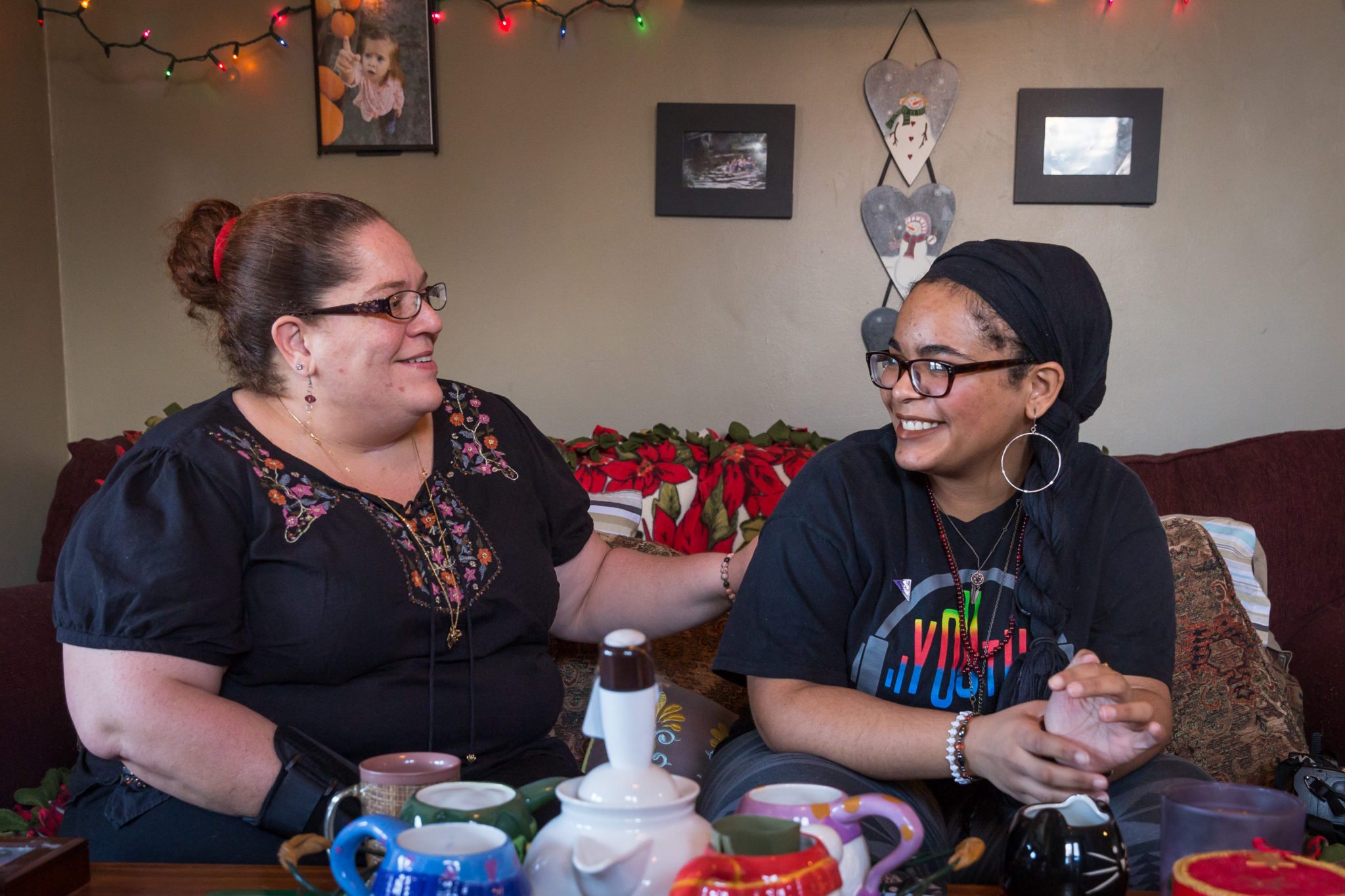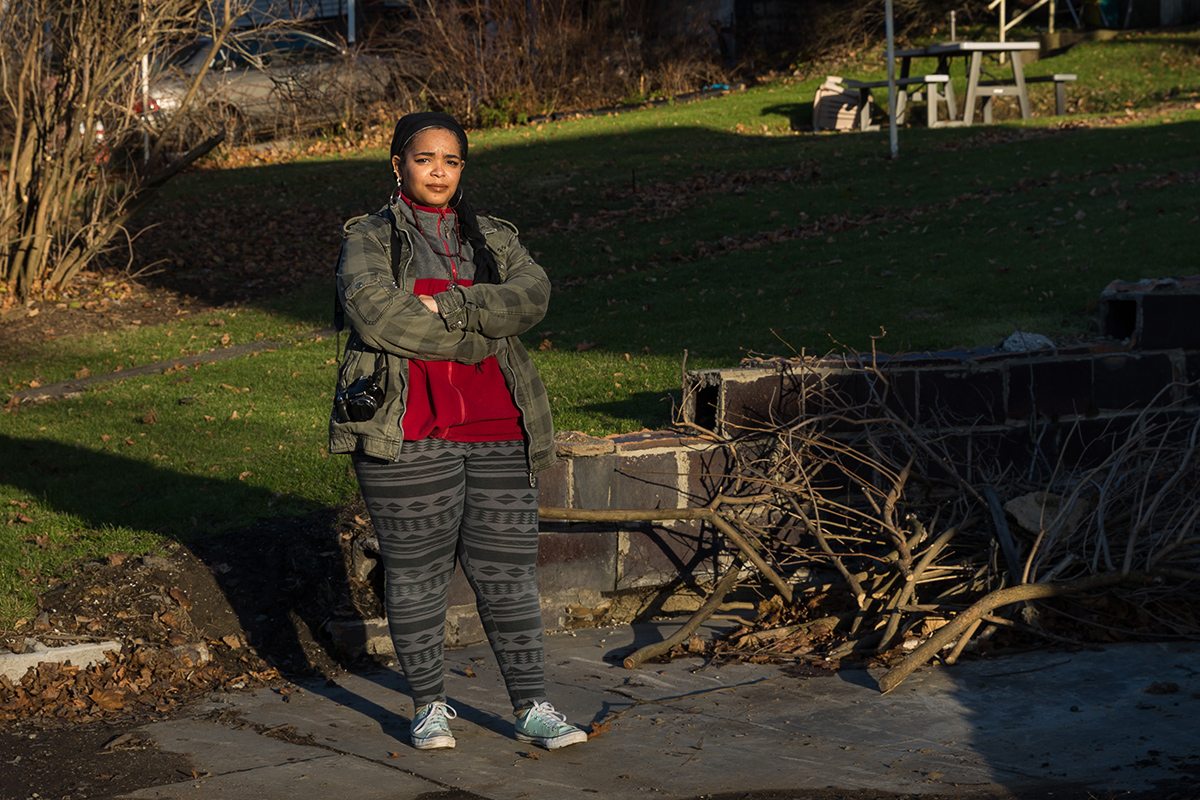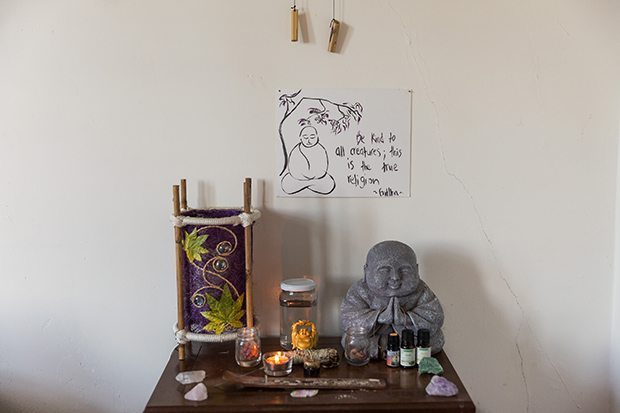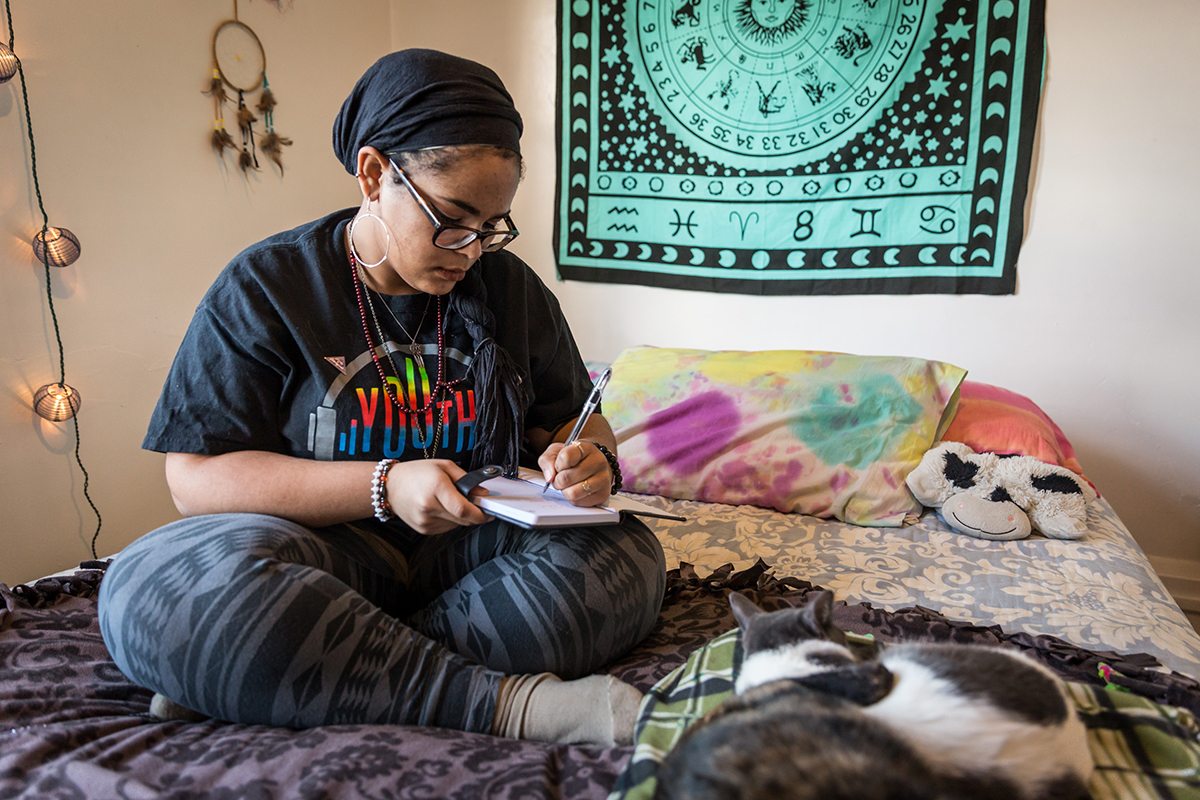“You’re just brown on the outside and white on the inside.”
That’s what one of my friends of color told me when I was in middle school. I’ve dwelled upon those words for the past six years. I’m in 12th grade now, and I’m still carrying that baggage. That flippant comment awoke me from an oblivious state. My skin was indeed brown, due to the fact that my father has skin the color of a dark, bold coffee and my mother has freckled skin the shade of milk. Resulting is me, an ambiguously ethnic latte. Too dark to look like my mother’s child, but too light to resemble my father.
For most of my childhood, I grew up in predominantly white areas. I didn’t associate with my colored-ness. I never acknowledged it until I got older.
The first exposure to my own color was when my family moved temporarily to the Bronx in New York. My grandmother, who is of Taino Indian and African descent, was in her element there. At 8, she immigrated to America from Puerto Rico. She helped to take care of her family instead of completing a formal education. She struggles to read, but she is fluent in both Spanish and English.
It was the environment of the Bronx that made me really recognize my grandmother’s roots — my roots. The way the Spanish rolled off her tongue. The food she cooked, the way it made me feel closer to my family’s homeland. And how she would clean, dancing to music that aroused me to the beauty of my people.

Sienna Rodriguez-Truley and her mother, Evelyn Rodriguez, joke around in the living room of their Jeannette, Pa., home. (Photo by Maranie Rae Staab/PublicSource)
I grew up most of my life not knowing my father’s family. He and my mother divorced when I was 4. But I do know his family is made up of African Americans who don’t know much about their origins. Just as many black people in America today because they were brought here as slaves. That aided me in disregarding my blackness. There was no emotional attachment.
While I had stopped associating with being black, it still offended me whenever I was told that I’m not black enough. Growing up, I became a bystander to the stereotypes that black people were labeled with, none of which were positive.
Furthering the disconnect, both sides that molded me and formed the melanin in my skin look at me with eyes that say, “You are not one of us.” My Hispanic friends, who were able to speak a language that resonated deeply within me, always let me know that I was a foreigner to our ancestry. Not that it was their intention, much like my African American friends who never failed to let me know I was “the whitest black girl” they knew. Is it a compliment? An insult? I don’t know. Regardless, I was not part of their black culture because my mother speaks in different tongues, permed my hair and raised me in rural areas of eastern Pennsylvania. I currently live in Jeannette, just 30 miles south of Pittsburgh.

“You’re just brown on the outside and white on the inside.” This is what Sienna Rodriguez-Truley was told by a friend in middle school. It wasn't meant to hurt her, but she admits that the comment has haunted her for many years. (Photo by Maranie Rae Staab/PublicSource)
My sophomore year in high school, a male classmate in my history class told me that because I’m light skinned, I will have an easier time in life with things like getting a job and dating. It was upsetting that we live in a world where even youth of color think that. Sad to say, he was not the only person I’ve come into contact with who believed that “lightening the legacy” is what will take black people further in life. Reflecting back on that conversation, that was the second milestone in the awakening of my self-awareness.
It was a complicated process. By the time my sophomore year came to a close, it was more than apparent to me that I was unable to find my sense of identity. I dyed my hair more times than I could count, went back and forth from curly to straight to something in between, and changed my wardrobe numerous times. Who am I? And why can’t I be comfortable with my own skin?
While trying to connect to my roots, I began to remove labels I had given myself starting at a young age. As a child, I couldn’t differentiate races and, because my mother was fair, I would tell myself and the people around me I was white. I wanted to separate myself from the negative associations of being black or Hispanic.
Coming out of my inattentive state, I had noticed I was fed into having a color bias because of what I had been exposed to as a child. History books, movies, shows and my classmates looked down at the color of my skin. White people were always associated with goodness, wealth and education. I wanted to be white, because that’s what I was told I needed to be. As if black or Hispanic people were completely incapable of being successful in these categories.

"That's my sanctuary, where I practice my breathing exercises and meditation," Sienna said of this space in her bedroom. She also enjoys writing and participates in Pittsburgh Youth Media. (Photo by Maranie Rae Staab/PublicSource)
Embracing my culture(s)
Moving from the Bronx and an equally diverse urban city in New Jersey to a majority-white small town in Western Pennsylvania at the age of 16 was intimidating at first. I saw a Confederate flag for the first time here when I was walking to the bus stop on the way to my part-time job at Panera Bread. I wanted to hide.
A year later, I have grown deeper and more secure in my roots. The more eye-opening experiences I have, the scarier the social issues my people face seem to be. Racial profiling, police brutality, racial equality, racism in education are some of the many issues people of color have to face. While we are no longer separated, we are far from being equal.
I am not able to unsay the ignorant things I have said as a child, like when I mocked classmates darker than me with the “When the lights are off, where did they go?” joke. I cannot undo anything I have done to disregard where my families have come from. But I have unlearned the racial biases that schools and mainstream media have instilled within me.
Being mixed is what makes me who I am. I don’t need others to determine whether or not I’m able to be categorized as a certain group.
I’ve come to new terms with embracing not only who my people were and their beautiful cultures, but also the struggles they have taken centuries to overcome, and still are. I appreciate my mother and grandmother; I recognize the journey they have faced as women, especially as women of color. Lastly, I respect and sincerely apologize to my ancestors for not noticing the luck I was given to have this colored skin.
Being mixed does not make me less black.
Being mixed does not make me less Puerto Rican.
Being mixed does not make me less Taino.
Being mixed is what makes me who I am. I don’t need others to determine whether or not I’m able to be categorized as a certain group.
Celebrating our culture and where our family comes from isn’t wrong. It is trying to wash those aspects out of people, so they can fit into a particular image of success, that will never be acceptable.
Sienna Rodriguez-Truley is in 12th grade at Pennsylvania Distance Learning Cyber School. While she resides in Jeannette in Westmoreland County, she is an active participant in Pittsburgh Youth Media. She can be contacted at toreachsiennaceleste7@gmail.com.
